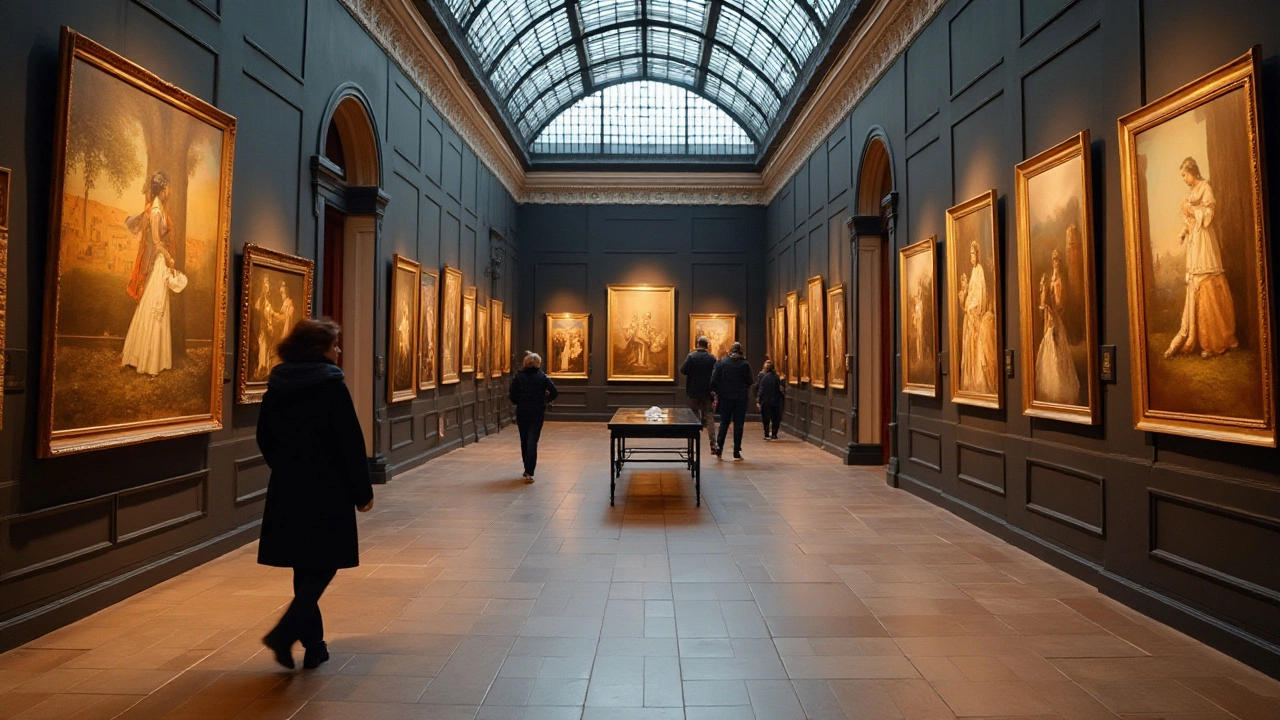Art Show Guides, Tips & Inspiration
If you’re thinking about putting together an art show, you’ve landed in the right spot. Here you’ll find straight‑forward advice that helps you go from idea to opening night without the headache. We’ll cover planning basics, picking the right pieces, and a few tricks that seasoned curators use every day.
Why Every Art Show Needs a Simple Plan
First things first – write down what you want your show to achieve. Is it to sell a few pieces, to launch a new series, or to bring a community together? When the goal is clear, the rest falls into place. Start with a timeline: set dates for budgeting, artwork selection, promotion, and installation. A simple spreadsheet can keep you on track and stop last‑minute panic.
Next, think about your space. Measure the walls, note lighting, and decide how many pieces you can display without crowding. A cramped gallery makes it hard for visitors to focus, while too much empty wall space can feel bland. Aim for a balanced layout – leave breathing room around each work and let the lighting highlight texture and colour.
Top Resources to Prepare Your Show
When it comes to choosing what to hang, look at your recent work and pick pieces that tell a story together. If you’re unsure, try the "three‑piece rule" – pick a strong anchor work, a complementary piece, and a surprise element that adds contrast. This approach works whether you’re showing oil paintings, sculptures, or mixed media.
Need help fixing a mistake before the show? Our post "How to Fix Mistakes in Oil Painting" walks you through safe ways to repair wet, tacky, and dry layers. A quick glaze or a light sanding can turn a blunder into a cool texture that adds interest.
Promotion is another big piece of the puzzle. Use social media to share behind‑the‑scenes photos, short videos of you working, and teaser shots of the finished pieces. A short, friendly caption works better than a long, formal announcement. Invite local press early and give them a clear press release with dates, venue, and a quick artist bio.
On opening night, keep the vibe relaxed. Offer light drinks, simple signage, and a short welcome speech that explains the theme in plain language. Let visitors wander, ask questions, and spend time with each piece. A personal connection often turns a casual visitor into a buyer.
After the show, gather feedback. Send a quick email asking guests what they liked and what could improve. Use that data for your next exhibition – maybe the lighting was too harsh, or the layout could be tighter. Continuous improvement makes every show better than the last.
Ready to start planning? Grab a notebook, jot down your goal, set a timeline, and pick the three pieces that will anchor your story. With a clear plan, the right artwork, and a dash of promotion, your art show will feel professional without the stress. Happy curating!

14 Dec 2025
An art exhibition is a curated display of artworks designed to communicate ideas, emotions, or stories. Unlike random displays, exhibitions are carefully planned with themes, context, and purpose. Learn how they work, why they matter, and how to experience them.
Continue reading...

30 Oct 2024
Planning an art exhibition involves several key considerations, including the number of paintings needed to create an engaging experience for visitors. This guide explores factors that influence the decision, such as venue size, theme, and audience expectations. By balancing these elements, artists can craft a memorable and visually compelling display. Tips for layout, pacing, and visual harmony are also essential in shaping a captivating exhibition.
Continue reading...

